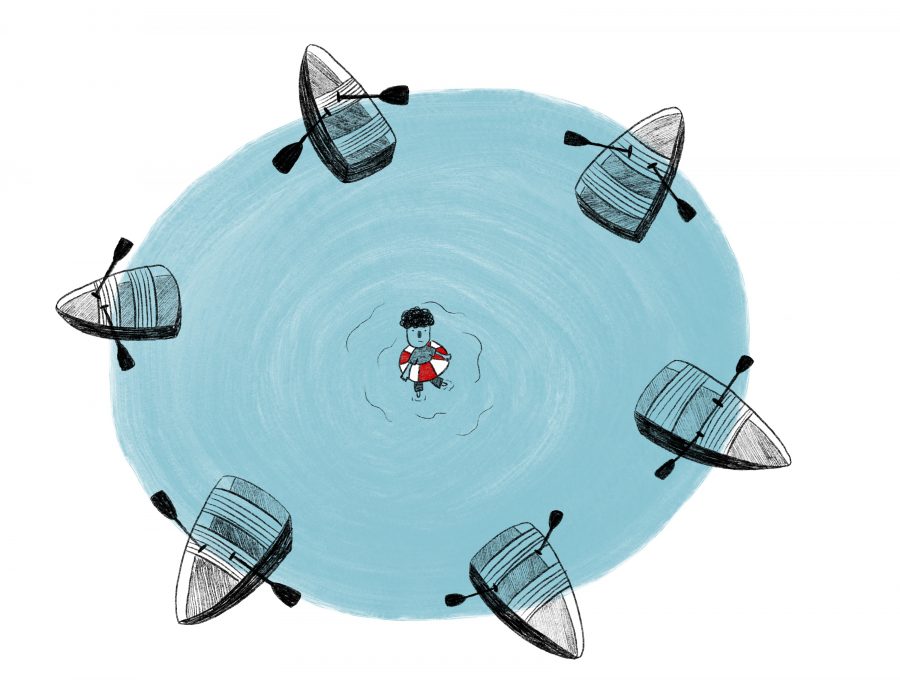Over the last nine years, UT’s Counseling and Mental Health Center has seen a 104% increase in student visits. This statistic doesn’t show the number of students who face anxiety, stress or depression without seeking help. These experiences are not uncommon, especially among college students, whose change in environment and rigorous academic expectations can often lead to isolation and distress.
During this period, signs of a student’s deteriorating mental health can often be seen in the classroom. Professors need to be able to recognize and respond to signs of a student in distress.
UT must make CMHC’s Helping Students in Distress workshop mandatory for all professors so they can better support students who are struggling with their mental health and create a more comfortable academic environment.
Acoording to Katy Redd, CMHC’s associate director for prevention, development and media relations, the Helping Students in Distress workshop is an in-person workshop in which faculty learn how to support a student in distress and how to best connect them to resources on campus. Currently, the Helping Students in Distress workshop is optional and must be requested by individual departments or professors. This means that while any professor could have to help out a student in distress, many likely haven’t taken this essential training.
Since professors see students multiple times a week, they have an opportunity to address any concerning behaviors or make accommodations for struggling students. However, if they are not aware of how to best help their students, professors cannot foster an understanding classroom environment for those struggling with their mental health, leaving students susceptible to additional distress.
McKenzie Bentley, radio-television-film and journalism sophomore, said her own professors were essential in shaping her mental health struggles.
“It’s a really hard topic to bring up with your professors because I never know how they’re going to respond,” Bentley said. “If they were given some sort of training, at least they would know how to see signs, approach the topic or respond appropriately to their students.”
Professors are usually the first point of contact when a student is struggling, since grades can indicate deteriorating mental health. Bentley said her classroom performance worsened due to a recent depressive episode that began last spring, but her professors did not understand the correlation. Properly trained faculty could better decipher the signs of a student’s deteriorating mental health and refer them to the right resources at the right time.
“A mental illness can be like an invisible disability, and it’s already hard enough for students to deal with,” Bentley said. “You’re in such a vulnerable state, and … a professor who is not educated on how to communicate with someone in crisis can often say a lot of triggering things that could make the situation worse. I think it’s ridiculous that there’s not mandatory training.”
The primary goal of the CMHC is to support struggling students as much as possible. While it is well known that they offer beneficial resources to students, professors and faculty should also utilize the workshops and training offered to them. If the Students in Distress workshop remains optional, UT faculty won’t be able to support students to the best of their ability.
“One of the things we really try to do is to take mental health (awareness) out onto the campus,” Redd said. “It takes an entire campus to support the mental health and well-being of students.”
She’s right. It does take an entire campus — professors included. They need to be properly trained so they can best ensure the well-being of their students. Simply adding the CMHC as a resource at the end of a long-winded syllabus isn’t enough.
Nayak is a communication sciences and disorders sophomore from Austin.





















